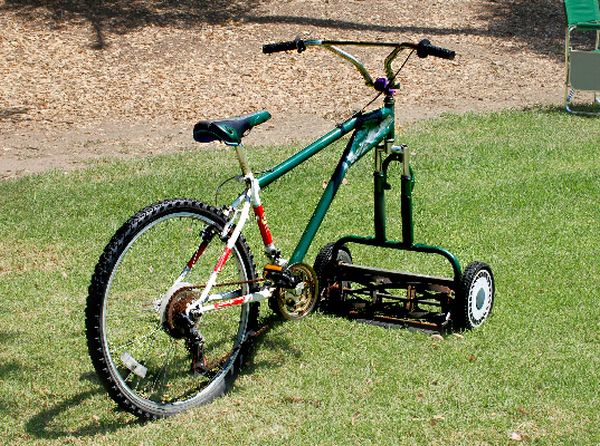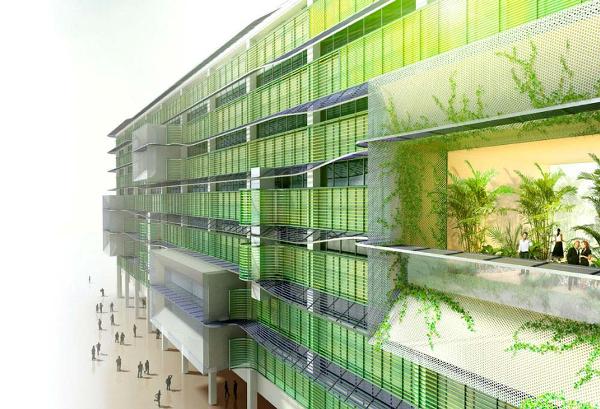
With increasing environmental awareness, commercial buildings are attempting to be “Net Zero Buildings”, where the total energy consumption of the building during a year is targeted to be zero. The energy drawn from the grid to run the building systems is returned to the grid when the building is not in use, such as on weekends and at night-time. This becomes possible by incorporating renewable energy sources, most often solar photovoltaics. Wind turbines are generally not possible on most office buildings as the wind speed may not be adequate and the noise and vibration may be unacceptable. The energy from solar photovoltaics meets the the building’s energy needs during the large part of the workday with utility power only making up for shortfalls due to intermittent solar output and for the energy usage after sunset. The solar power is fed back into the grid on weekends and holidays.
To achieve the net-zero objective, the first step clearly is to minimize energy usage in the building. This conservation step would reduce the energy drawn from the grid and therefore the energy that must be returned to the grid. It would be ideal if the concept of net-zero was built into the design of the office building. However, even in existing office buildings, there are several options for energy conservation.
Distribution of energy usage in a typical office building
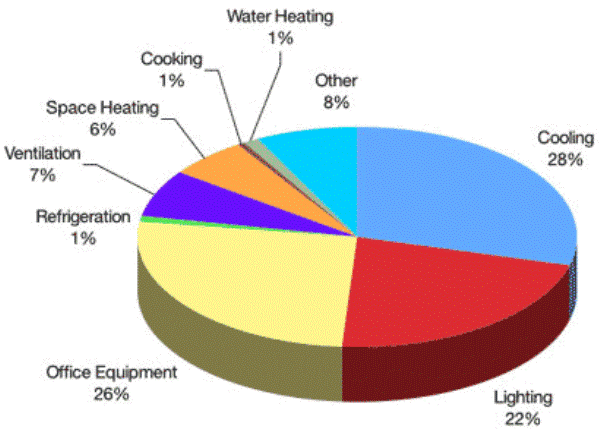
Energy costs in the US account for some 30 percent of building operating costs. The average office building in the US uses 18.9 kWH of electricity per square foot. If we use the thumb-rule of 125 square feet of space needed per employee ( this includes common spaces, meeting rooms, lobbies, passages, toilets etc) , each employee uses over 2300 kWH of electricity in a year. The typical breakup of this energy usage is shown in the chart above. The three areas of lighting, office equipment and cooling together make up 76 percent of the energy usage which are the primary target areas for energy saving.
Saving energy usage in lighting
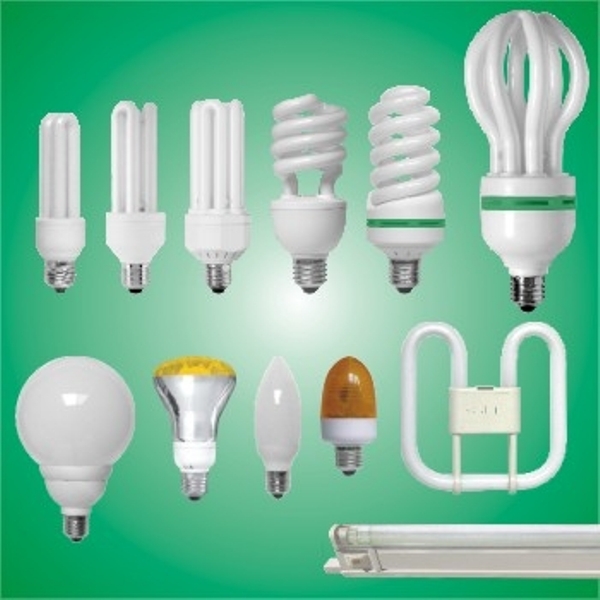
1. Switch off lights from unused areas
The first easy step is to switch off lights when not needed. For example, the lights in a meeting room or an unused office should be turned off when no one is present. For this, individual light switches should be provided.
Motion sensors could also be installed which would turn lights on only when the room is occupied. These could also be installed for passageways, toilets and other common areas where the lighting levels can be maintained at dim levels that brighten when people enter the space.
In the past, the practice was to use bright lights for the whole office. With the predominant use of computer screen based work, the practice now is to use reduced overall lighting with individual desk lamps at the workstation.
In addition, where the office layout permits, window blinds should be left open to permit natural light into the office. This would enable switching off of some of the lighting.
2. Change to energy saving lamps
The second major saving could come about from using energy saving lamps replacing incandescent bulbs and fluorescent strips . Change to CFL and LED lamps could save half the energy used for lighting.
Conserving power usage in office equipment
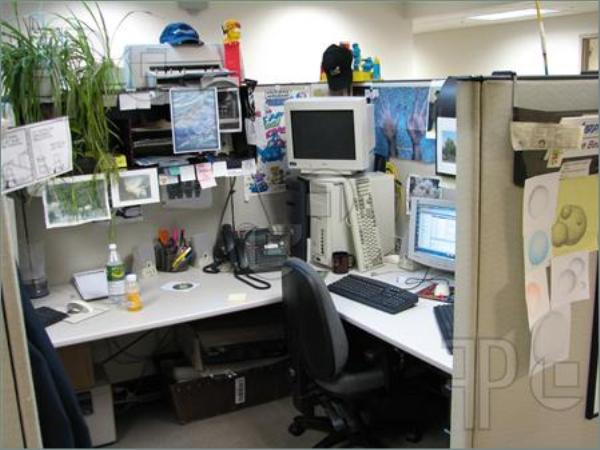
3. Use Energy Star rated computer equipment
Since 2004, Energy Star ratings have become common in office equipment like computers, monitors, printers and copiers. Since office computing equipment tends to need replacement every 3 or 4 years, the current equipment in use is likely to be Energy Star rated.
The Energy Star rated computers have a power saving mode that needs to be enabled to save power when not in use. At times, employees disable this feature when they are working on a particular project that needs them to do off-computer calculations or reading. This feature needs to be turned back on to save energy.
Computer monitors and printers need to be turned off after use. One way to do this could be to fit a row of LED lamps mounted in the cubicle, that light up when each piece of equipment is turned on. This will act as a visual reminder of energy usage.
After work hours and on weekends all computer systems need to be turned off to conserve power. Only the main server or other essentials need to be kept on.
4. Phase out higher energy using equipment
It is also necessary to phase out higher energy usage devices. For example, a CRT monitor uses much higher energy than an LCD monitor of the same size. A laptop computer has lower energy off-take than a desktop computer. A laser printer needs more energy than an inkjet.
Reducing power usage in building climate control ( cooling and heating)
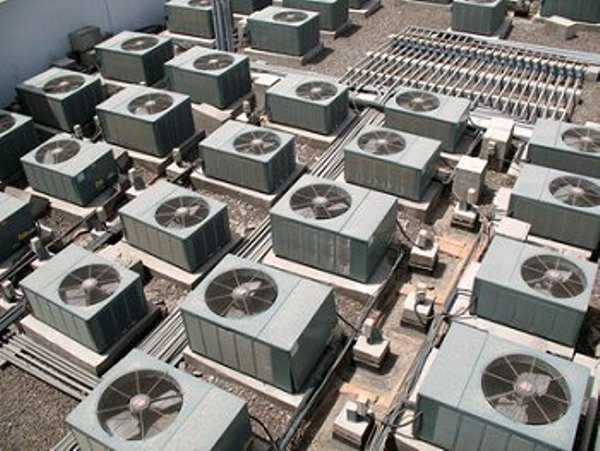
5. Check for energy leakages
Maintaining the indoor temperature and air quality is a major user of electricity with cooling needed in summer months and heating in winter months. The typical practice is to use roof top chiller units with the cooled air distributed through air ducts into the office space. The first major step in energy conservation is to check for thermal leakages. The chiller water pipes have insulation cladding that needs periodic inspection to repair any cracks or damage. Another source of leakage is through the joints on window and door frames. These need to be filled with putty or cement.
The layout of ducts and air vents need to be reconfigured to the actual space usage in the office. The air vents need to be over the employee work spaces and the return air paths over the passages and common areas. If there are air vents in the passage ways, energy can be saved by closing them off.
Installing air circulation fans inside the office helps improve indoor comfort. They consume only low energy which is more than offset by the larger energy saving in being able to set the thermostats a little higher.
In hot climates, growing grass or shrubs on the building roof helps cool the building. Some benefit also occurs by landscaping around the building.
6. Use waste energy to power absorption chillers
If practical, any waste energy source can be used to run vapor absorption chillers. The source could be any gas or oil heating source used in the building or it could be a solar water heaters installed on the building roof. Some office buildings have waste incinerators installed to burn paper waste. That could be the source for waste heat.
Other energy usage
7. Reduce usage time of auxiliary appliances
Once the three main areas of energy usage have been improved, the attention can turn to the other 24 percent of energy usage. The actual energy usage pattern will vary in each office building but the outlook should always be to see if any wasteful practices can be eliminated. For example, whether the water coolers can be turned on a little later each day, whether the office coffee machine can be turned off between certain periods of the day and so on. Each of these small steps would help save energy
In addition to the above steps, it would be useful to display the total energy usage of the building at any given time and the net energy usage in terms of the difference between the energy drawn from and returned to the grid. Such a display will act as a good motivator to employees.




